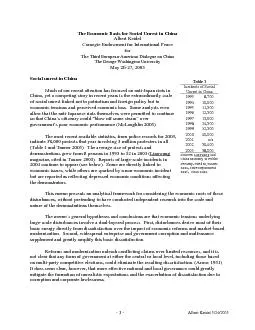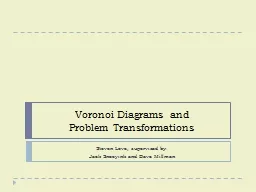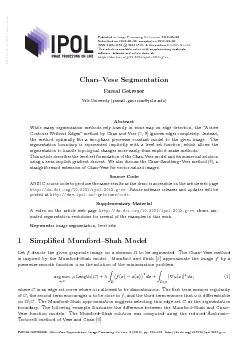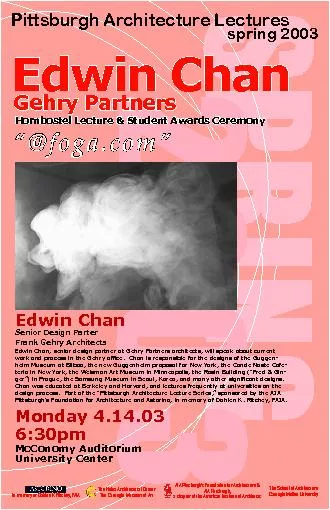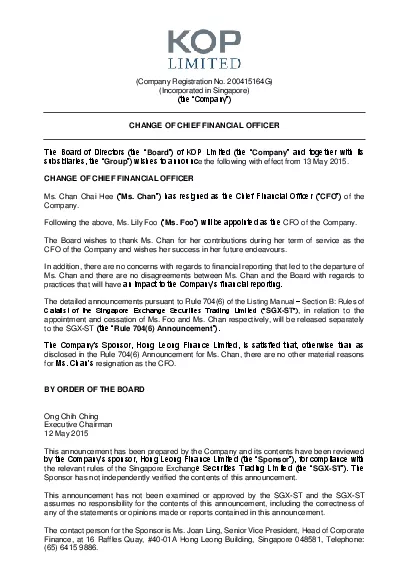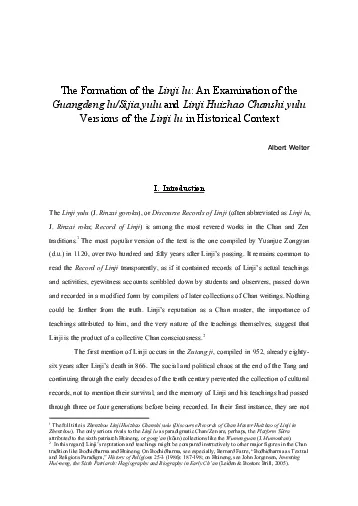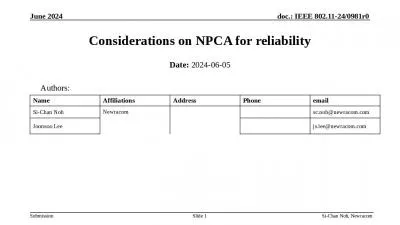PDF-Tanner 2004, State Department 2005, Chan 2004.
Author : jane-oiler | Published Date : 2015-11-28
8700 1994 10000 1995 11500 1996 12500 1997 15000 1998 24500 1999 Much of our recent attention has focused on antiJapan riots in China yet a competing story in recent
Presentation Embed Code
Download Presentation
Download Presentation The PPT/PDF document "Tanner 2004, State Department 2005, Cha..." is the property of its rightful owner. Permission is granted to download and print the materials on this website for personal, non-commercial use only, and to display it on your personal computer provided you do not modify the materials and that you retain all copyright notices contained in the materials. By downloading content from our website, you accept the terms of this agreement.
Tanner 2004, State Department 2005, Chan 2004.: Transcript
Download Rules Of Document
"Tanner 2004, State Department 2005, Chan 2004."The content belongs to its owner. You may download and print it for personal use, without modification, and keep all copyright notices. By downloading, you agree to these terms.
Related Documents

